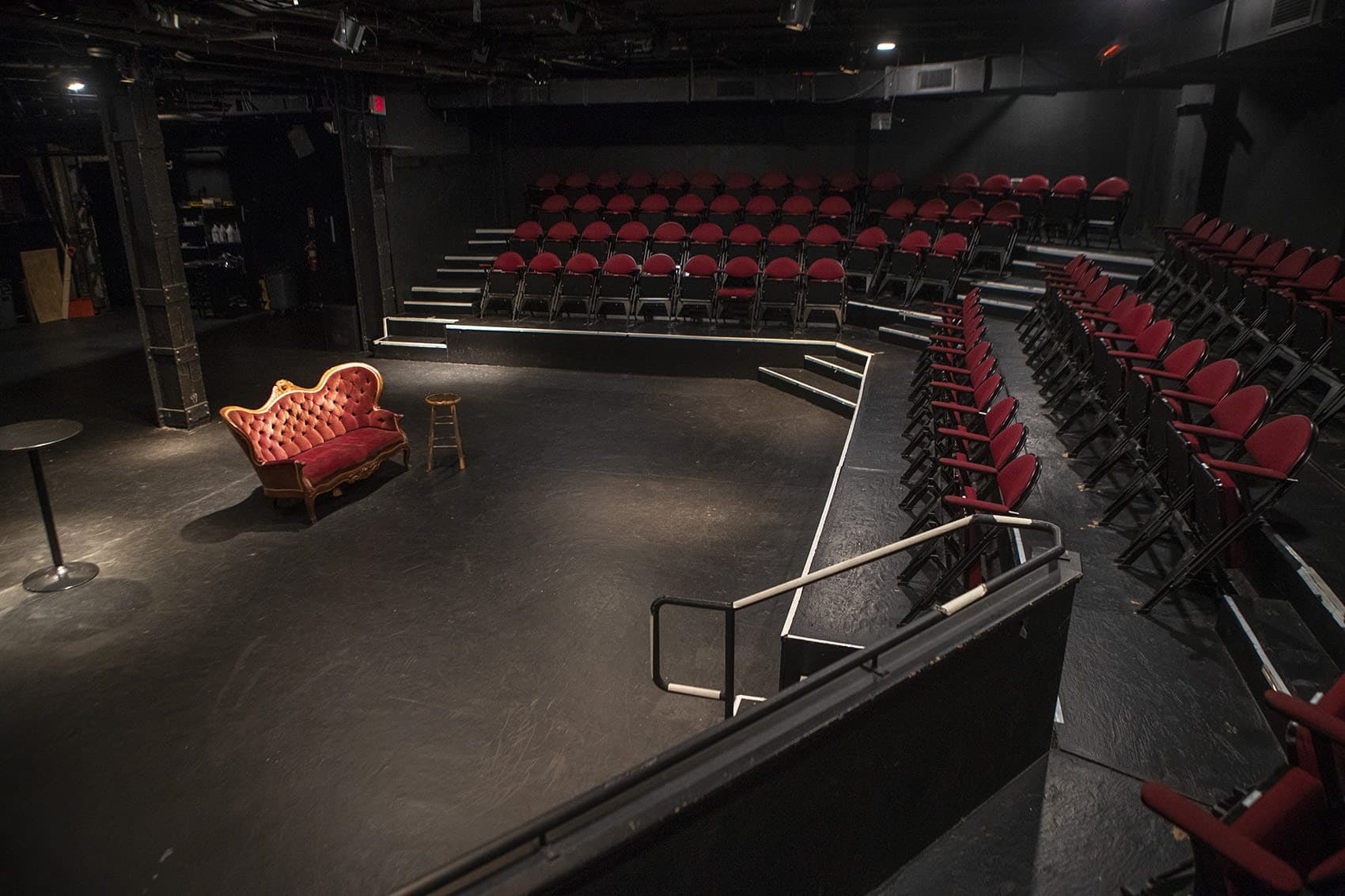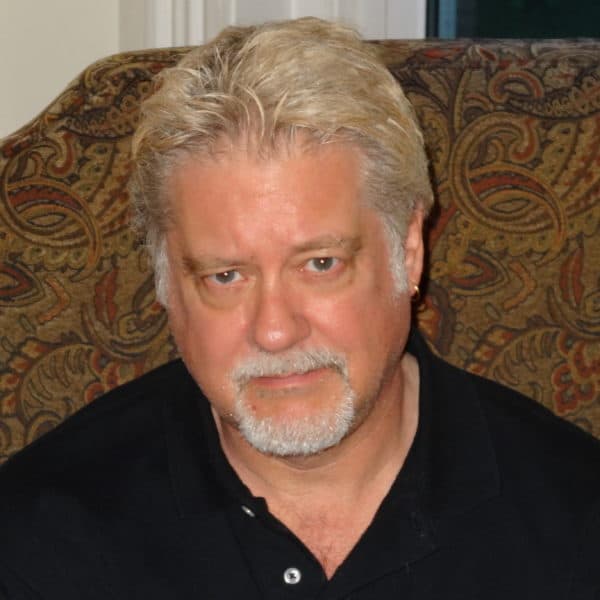Advertisement
Boston Performance Venues Greet Reopening Guidelines With Caution, And Confusion

Last week, word began to spread among the Boston music community about Gov. Charlie Baker’s bombshell decision to open up “concert halls, theaters and indoor performance spaces” with a 50% capacity and a 500-person limit on March 1. There was some cautious celebration, but, moreover, major concerns limned with dismay and confusion.
Then, on Friday, Mayor Marty Walsh laid down a speedbump vis-à-vis Boston, delaying city openings until March 22, with the same criteria.
Part of the confusion came because it appeared from news reports the governor’s protocols pertained to both to seated clubs and theaters – where chairs and tables can be marked off and it’s feasible to maintain six feet of distance – but also clubs where people stand and/or dance.
Did the governor’s dictate include mostly stand-up clubs, popular places like the House of Blues, Royale, The Sinclair, Big Night Live and The Paradise Rock Club?
Well, yes, but …
A post on the mass.gov website reads: “A performance venue is a facility where performers are in a designated area, such as a stage, audience members remain in fixed or assigned seating during the performance, and seated dining service is not provided.
"For live performances, singing and the playing of brass and wind instruments is discouraged. Singing is not permitted in any indoor performance venues.”
How does a standing member of the audience remain in a “fixed” position throughout a concert? Must they stand on an X, six feet apart from everyone else? How do you maintain or police that space?
Masking up is part of the requirement, no matter what.
But there are a host of other issues and obstacles causing uncertainty. Singing is not permitted? How many bands don’t have a singer? Half-capacity? Can a club or band make money with half a house? Or will ticket prices have to double and if so, will patrons be willing to pay that? Will patrons be comfortable going out to a gig –vaccinated or not vaccinated – no matter what the official rules and regulations are? Keep in mind, the primary demographic for live music shows have not been vaccinated.
Advertisement
Matt Smith considers opening Club Passim, his small Harvard Square folk music club, as improbable. “We’re looking at it in terms of social distancing guidelines,” the general manager and talent buyer said. “Can you imagine Club Passim with people six feet away? You’d get maybe a dozen people in the room. We surveyed our audience early on and asked when they would feel safe returning. The overwhelming response was when there’s a vaccine and until 90 percent are vaccinated.”
Can you imagine Club Passim with people six feet away? You’d get maybe a dozen people in the room.
Matt Smith
“I think it’s too soon and a mistake,” said Sean McNally, a Boston-based independent promoter who has booked some drive-in shows during the pandemic. “I also think [the governor] was getting a ton of pressure not to lose the income from a second St. Patrick’s Day for many establishments.”
City Winery may be in a better position than many venues because shows are sit-down affairs and thus more controllable. The shift from March 1 to March 22 is of no consequence.
“Realistically,” said Michael Dorf, CEO of the seven restaurant/club chain, “we wouldn’t be able to put on a first show for five weeks to six weeks It takes a while to get the machine going – finding talent, marketing, programming, the operations. This whole process, from closing to being restricted in what we can to do reopen, is painful and super costly - mentally and in so many ways. We’re fatigued on so many fronts.”
Dorf believes the new configuration at his Boston club will allow for 130-140 people, about 40 percent of capacity. He’s trying to figure out what he could offer a major artist to play the club with those restrictions. “Get them to agree to perform four or five nights and charge the public $100 a ticket for a show?”
Another problem, Dorf said was this: Money. It’s running out for everyone. Although, the $15 billion Save Our Stages stimulus package was passed in December – an act desperately needed to keep venues solvent - no funds have yet been distributed.
Musicians surveyed for this story were uniformly anxious to get out and play, but more concerned with logistics and safety issues.
“I don’t want to tour or play indoor shows until I know that it’s safe for everyone attending,” said Steve Wynn, guitarist-singer for the Dream Syndicate. “I’d hate to be the canary in the coal mine, be the first out on the road and find out I was responsible for providing a Petri dish that would have ended up infecting a bunch of my fans. Potentially putting my fans in danger? That ain’t gonna happen.”
A survey released by ArtsBoston pointed to an eagerness to attend post-pandemic events, but people were concerned about the lingering risks of COVID infection: they cited concerns of being “packed in tightly” with others, and enforcement policies that ensure other attendees adhere to health protocols.
“I, like most of my friends, don't feel ready for a resumption of full activity,” said Anthony Kaczynski, lead singer-guitarist for Boston’s Fireking. “I think the relaxation of restrictions is coming at precisely the wrong time. We need more people vaccinated and a more thorough reduction in cases first. My guess is that by the end of 2021 we'll have small club shows again, with capacity limits, and that by 2022 we might have something that looks normal.”
I think the relaxation of restrictions is coming at precisely the wrong time. We need more people vaccinated and a more thorough reduction in cases first.
Anthony Kaczynski
Singer-songwriter Christian McNeill, a multiple Boston Music Awards winner, formerly of Sea Monsters and Orchestra Morphine, posted a question on Facebook last week, asking if he was alone in feeling that the Phase 3, Step 2 reopening was “insanity.”
He was not.
“The response has been overwhelmingly against beginning the process of reopening now, or on March 22nd,” McNeill said in a follow-up email. “The general consensus of opinion is that we will undo all our good work over these last few months. Our focus and priority simply must be on getting as many people vaccinated as possible before implementing Phase 3. That way, we just might be able to have a good summer.
Live Nation New England has a smattering of rescheduled dates from 2020 on its venue websites for the amphitheaters, Rockland Trust Pavilion and the Xfinity Center, and a few for clubs. All these dates are planned, not definite.
“We are working closely with local and state officials,” said Jay Anderson, Live Nation V.P. of marketing. “We are confident about the future of live events and are focused on coming back in a responsible way. I will say though that it is encouraging to be one step closer to reconnecting artists and fans in person at live concerts.
But, he added, “events will require higher than 50 percent capacity to really work in the long term.”
A source high up at one of top international promoters tackled the issue thus: “Picture the patchwork [of regulations] across the country. How do you swiss-cheese a tour? Our position is we’re gonna be back when we have enough vaccine and 100 percent capacity [at venues]. What band wants to play to a half-full house? I’m glad people are thinking about it, but until all markets are open it doesn’t make business or artistic sense from our perspective.”
One partial stop-gap solution may be for clubs to book local artists or regional artists – as far away as New York, say – who can make the trip without it being part of a national tour.
Pandemics can happen more and more, and the safety protocols will slowly become part of our consciousness.
Michael Dorf
Yes, a world of concerts and full houses will return – perhaps as early as this fall – but Dorf cautioned, “Nothing is ever going to be normal again. While we’ll get to a point, I hope, where everyone’s vaccinated and we’re not wearing masks, we’re not going to not remember a viral pandemic can float in the air. Pandemics can happen more and more, and the safety protocols will slowly become part of our consciousness.”
Josiah Spaulding, CEO of the Boch Center, is hopeful. “I was very down in the dumps a month-and-a-half ago,” he said, thinking “‘Christ we might not make it to 2022,’ but I’m feeling pretty good now. I greet the [limited opening news] positively and optimistically. This is an opportunity to slowly build back. It’s not going to make any frigging money for anybody, but we’re building to get to 85 percent vaccination and herd immunity. We hope we can maintain our fall programming. I think live performance will come back with a vengeance.”
